Songwol-dong Fairy Tale Village (송월동 동화마을)
8.4Km 76428 2023-11-09
38 Donghwamaeul-gil, Jung-gu, Incheon
+82-32-764-7494
Songwol-dong was named for its view of the moon between the pine forest. The opening of Incheon Port in 1883 led to the start of many foreigners coming into the area for settlement, and it turned into a rich village. However, young people gradually moved out, leaving the village in a state of stagnation. As such, a renovation project was brought about to improve the development of the village by decorating with murals and sculptures of classic fairy tales.
Simnihyang (십리향)
8.4Km 5294 2024-02-16
50-2 Chinatown-ro, Jung-gu, Incheon
Simnihyang is a Chinese restaurant in Incheon Chinatown, renowned for its specialty in hwadeok mandu (oven-baked mandu). The restaurant's name suggests that the aroma of its mandu spreads up to 10 Ri (approximately 4 km, pronounced 'simni' in Korean) away. Its signature dish, hwadeok mandu, consists of mandus filled with pork, vegetables, and seasoning, baked in an oven at temperatures above 350 degrees. This preparation ensures the mandu is crispy on the outside and juicy on the inside. Additionally, the restaurant offers various other fillings, including sweet potatoes, pumpkin, and red beans.
Daechang Banjeom (대창반점)
8.4Km 20978 2024-02-16
55-1 Chinatown-ro, Jung-gu, Incheon
Daechang Banjeom is a Korean Chinese restaurant nestled in Chinatown, Incheon. The restaurant has built a dedicated base of regulars among both locals and tourists since it opened in the 1980s. It is famed for its samseonjjamppong (three-delicacy spicy seafood noodle soup), which headlines its menu. Other crowd favorites include jjajangmyeon (black bean sauce noodles) and gunmandu (pan-fried Mandu). Notably, it's located near tourist attractions such as the Jajangmyeon Museum and Incheon Modern Museum.
Taehwawon (태화원)
8.5Km 54017 2024-02-26
10 Chinatown-ro 59beon-gil, Jung-gu, Incheon
Taehwawon, situated in Incheon Chinatown, is renowned for its Incheon hyangto jjajang (black bean sauce noodles with seafood). This dish is a special twist on the traditional ganjjajangmyeon (thick black bean sauce noodles), enhanced with seafood in the sauce. Additionally, the restaurant offers a diverse range of Korean-Chinese cuisine along with a dedicated menu for vegetarians, catering to a wide array of dietary preferences.
Hanjungwon (한중원)
8.5Km 0 2024-01-04
12 Chinatown-ro 59beon-gil, Jung-gu, Incheon
Hanjungwon is a Chinese-style garden built to commemorate the establishment of diplomatic relations between Korea and China, making it a great place to rest after looking around Chinatown. It was created with the motif of the garden style of the Suzhou region in the mid and late Qing Dynasty. Plants native to China are planted, such as bamboo, roses, and peonies, giving it an exotic atmosphere. There are human figures wearing traditional Chinese costumes on both sides of the entrance, making it a famous photo zone.
Fairy Tale Village Dolphin Pizza (동화마을 돌고래피자)
8.5Km 5737 2024-02-16
9-1 Donghwamaeuran-gil, Jung-gu, Incheon
Fairy Tale Village Dolphin Pizza is famous for its signature dish, Dolphin Pizza. It takes inspiration from the street food classic, bungeoppang (fish-shaped bun with red bean filling), but with a twist: it's filled with pizza ingredients instead. This innovative and portable street food is created by pouring flour batter into a dolphin-shaped baking frame and then stuffing it with pizza fillings. Additionally, the menu offers a variety of other fillings, including bulgogi, corn cheese, steak, cream, and red beans, catering to a wide range of tastes.
Korean-Chinese Cultural Center (한중문화관)
8.5Km 32391 2021-02-26
238, Jemullyang-ro, Jung-gu, Incheon
+82-32-760-7860
The Korean-Chinese Cultural Center, located within Incheon Chinatown, was built to facilitate mutual understanding between Korea and China by learning more on each other's culture, history, economy and society. Diverse performances are available, along with special exhibitions, and Chinese cultural lectures. The Chinese cultural experience corner and reading room on Korean-Chinese history & culture are put in place for visitors to enjoy while learning. In addition, on the weekends, Chinese language classes for Koreans, Korean language classes for foreigners, free movie screenings, and other exhibits are also available.
Gonghwachun (공화춘)
8.5Km 0 2024-01-04
43 Chinatown-ro, Jung-gu, Incheon
Gonghwachun, one of the Chinese restaurants in Chinatown, opened in 1905 and is famous as the birthplace of jjajangmyeon. The original Gonghwachun building is currently used as Jjajangmyeon Museum, and the current Gonghwachun main branch operates in a building that was founded in 2004. Among the various menus, Gonghwachun Jjajangmyeon is a must-try. This signature menu serves the noodles and the black bean sauce separately. The sauce contains a various ingredients cut in large bite-sized pieces, making it even more delicious. It also offers various course menu options, including lunch, couple, and family courses.
Incheon Complex Fish Market (인천종합어시장)
8.5Km 31957 2022-12-27
37, Yeonanbudu-ro 33beon-gil, Jung-gu, Incheon
+82-32-888-4241
Incheon Complex Fish Market is located at the coastal wharf, which is a major tourist attraction in Incheon. The market sells fresh marine products caught by local fishermen from the coast near the Yellow Sea.
Incheon Chinatown (인천 차이나타운)
8.5Km 127872 2023-11-08
20 Chinatown-ro 59beon-gil, Jung-gu, Incheon
+82-32-777-1330
Incheon's Chinatown came into being with the opening of Incheon Port in 1883 and Incheon's designation as an extraterritoriality of the Ching dynasty in the following year. In the past, the area held many stores trading goods imported from China, but currently most Chinese businesses in the area are restaurants. Today, the residents of Chinatown are mostly 2nd or 3rd generation Chinese, descendents of the early Chinese settlers. The area harbors many of the flavors of China, while the traditional culture of the first generation is preserved.

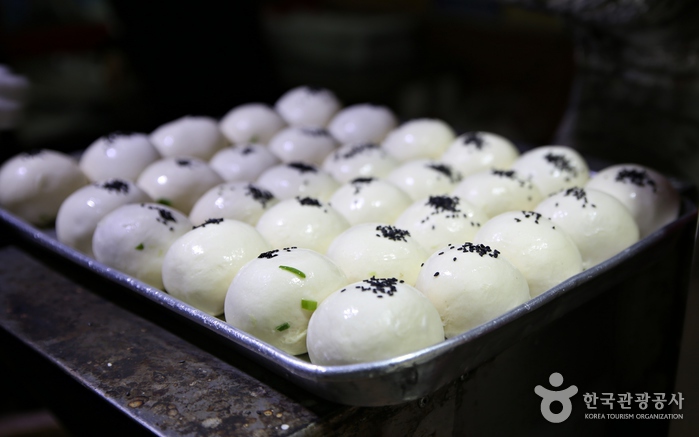
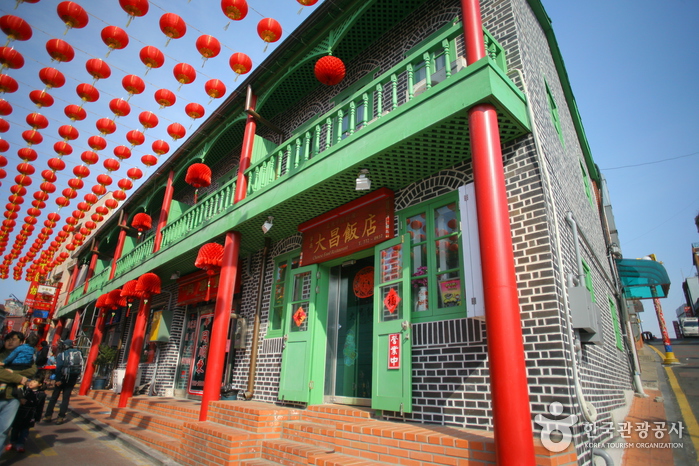
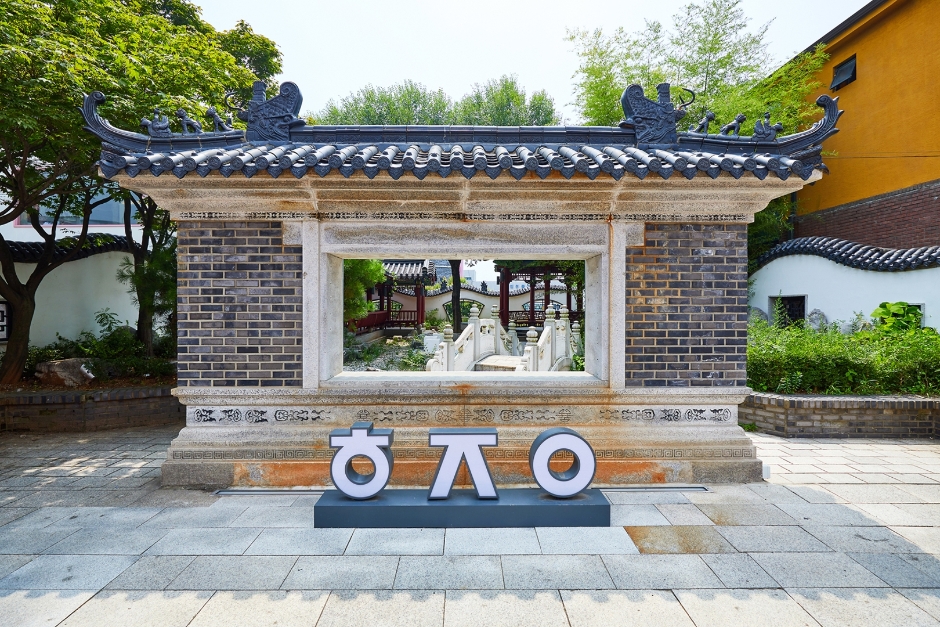
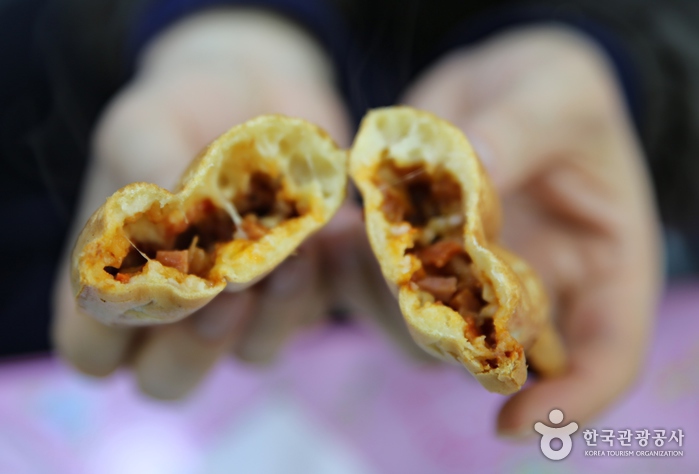
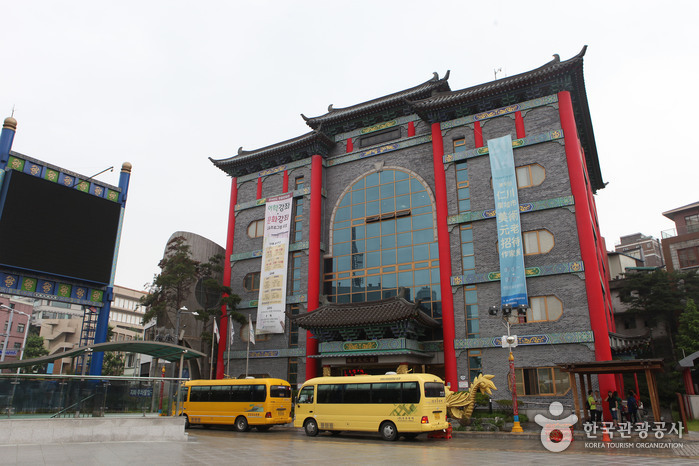
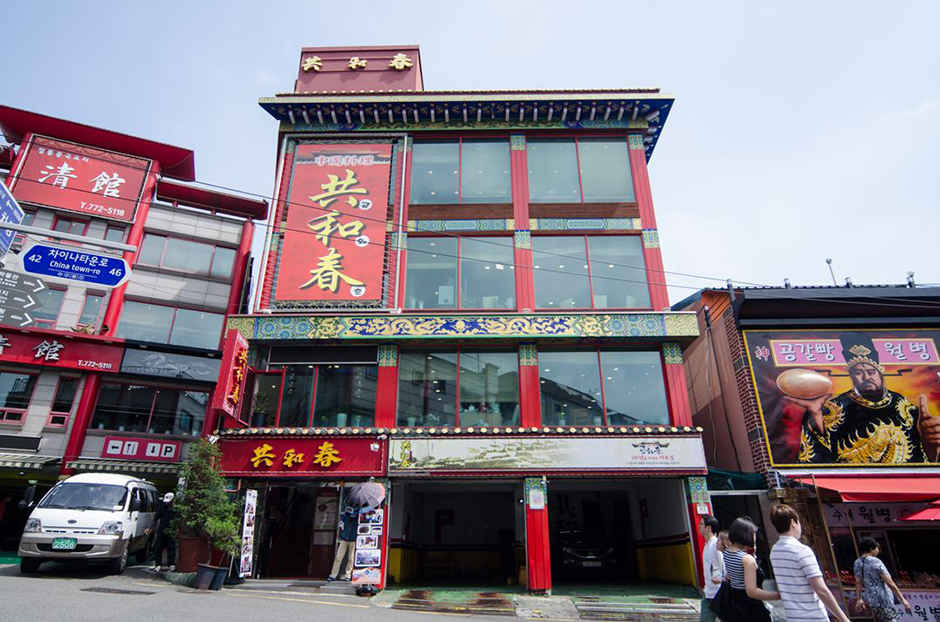
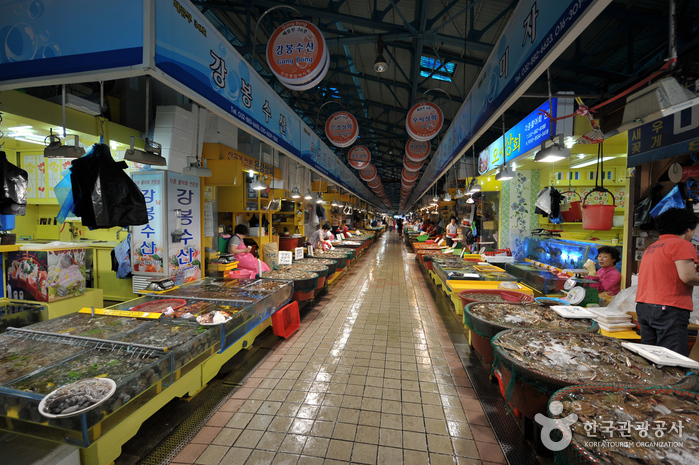
 English
English
 한국어
한국어 日本語
日本語 中文(简体)
中文(简体) Deutsch
Deutsch Français
Français Español
Español Русский
Русский